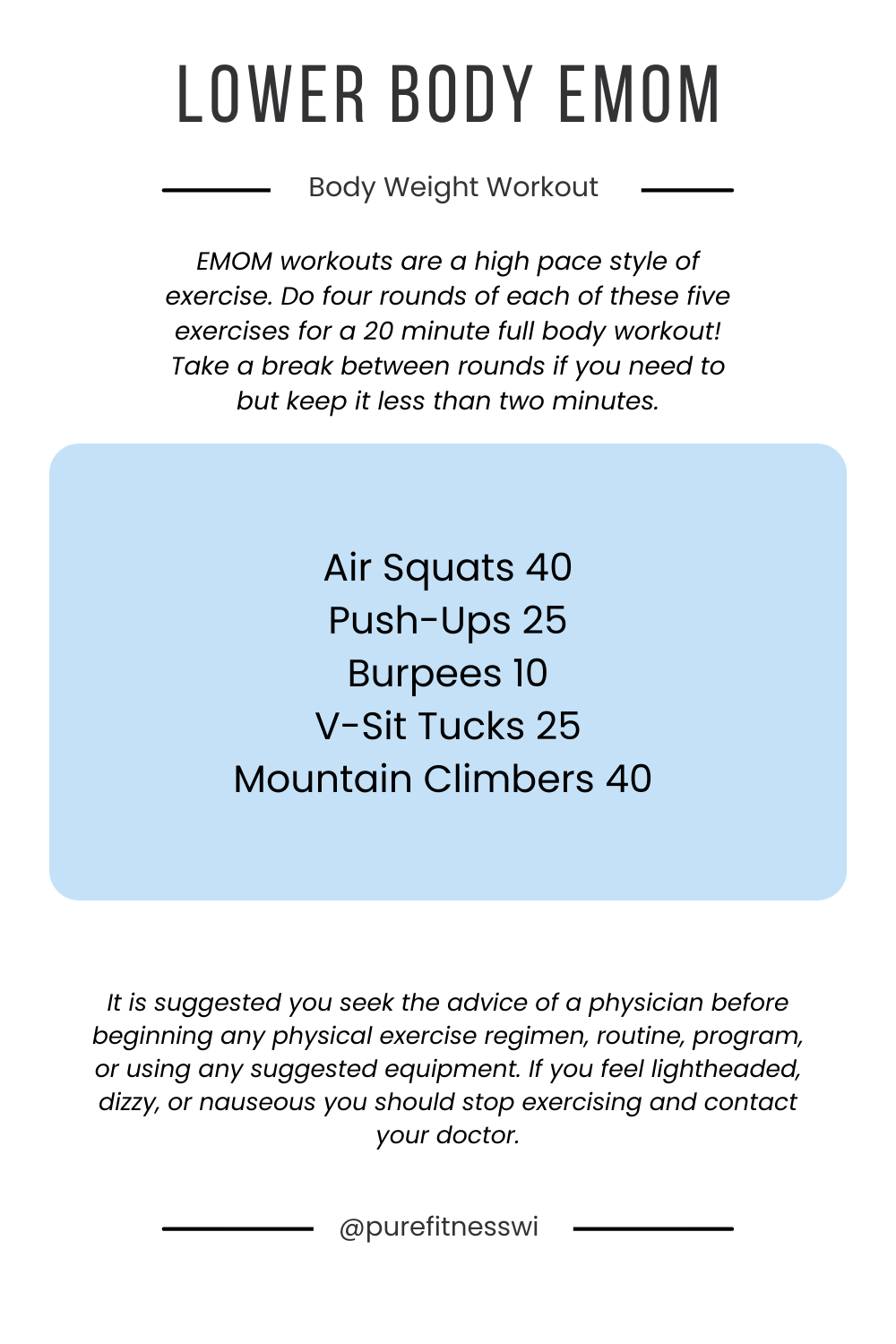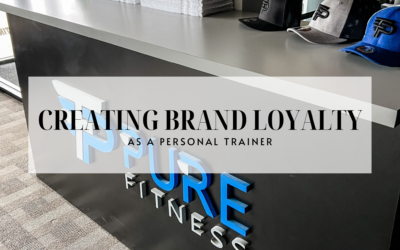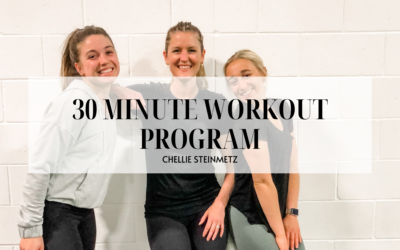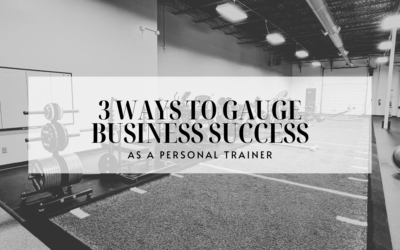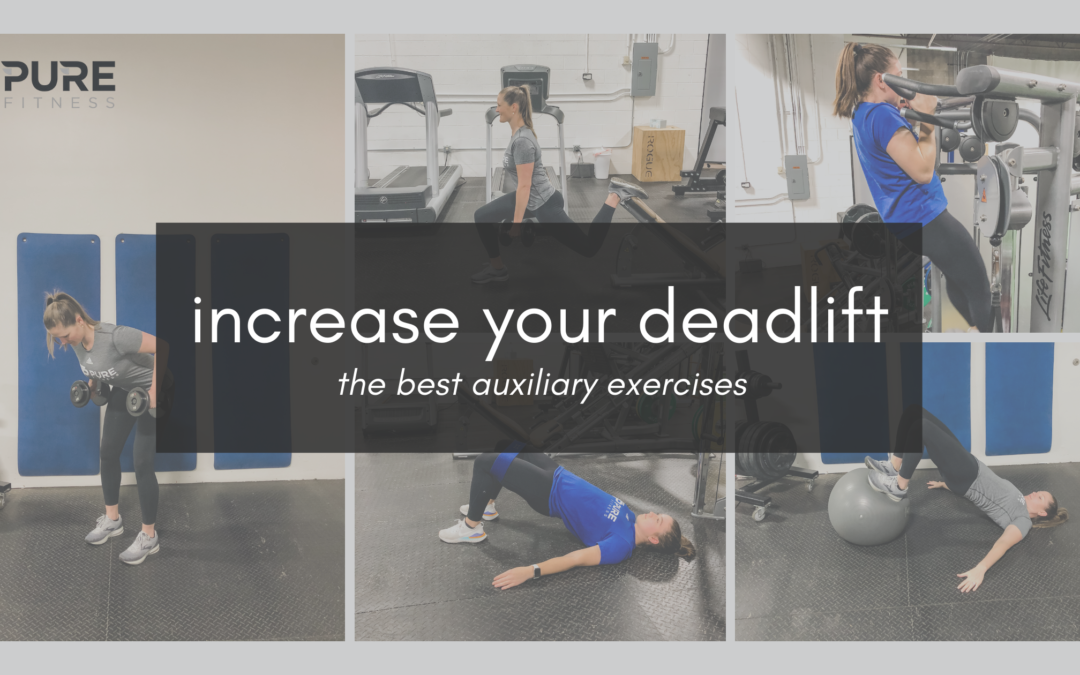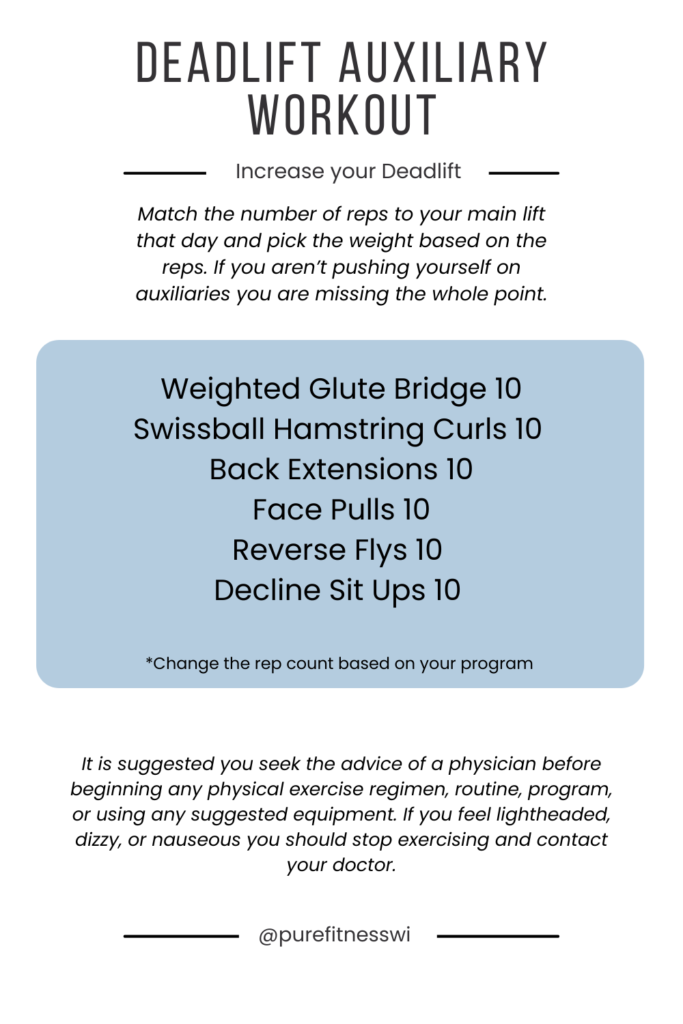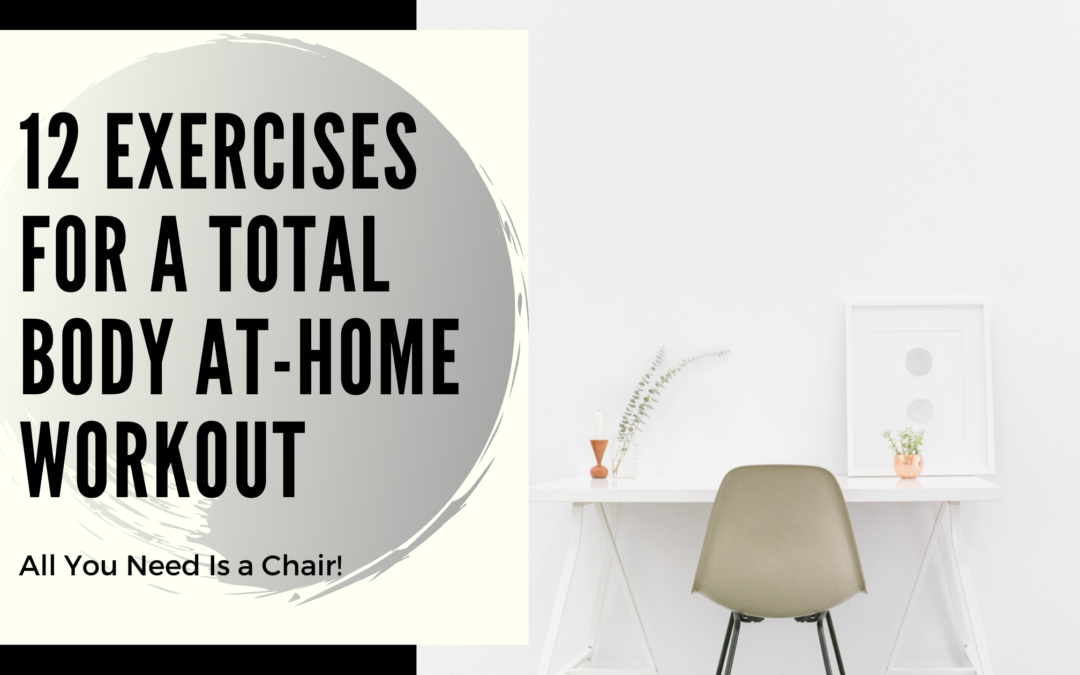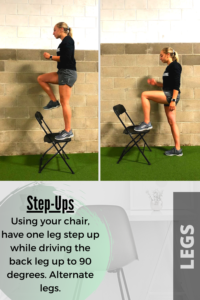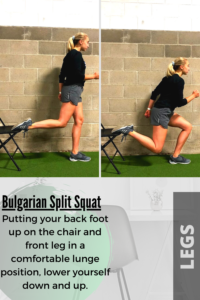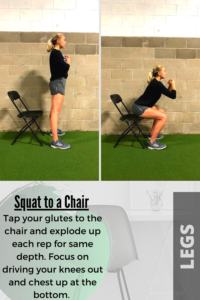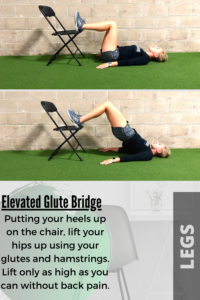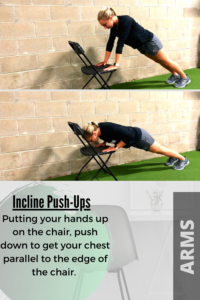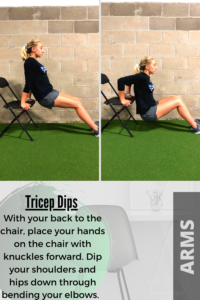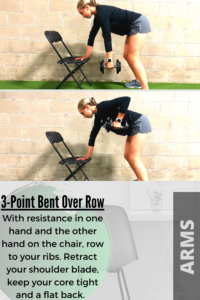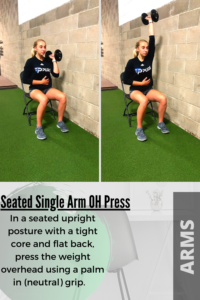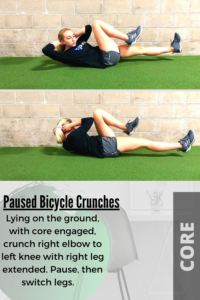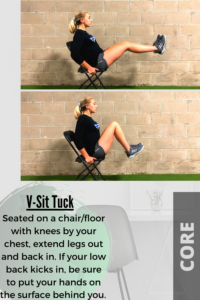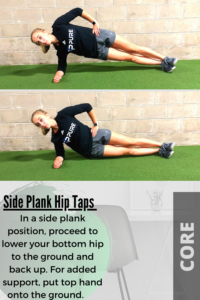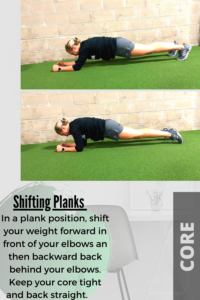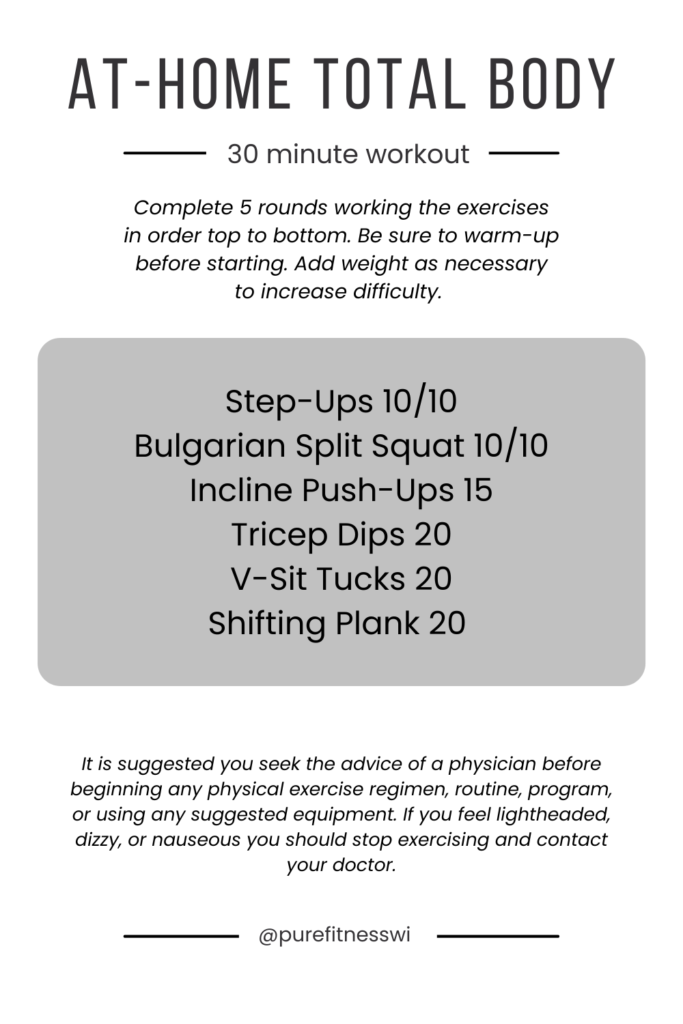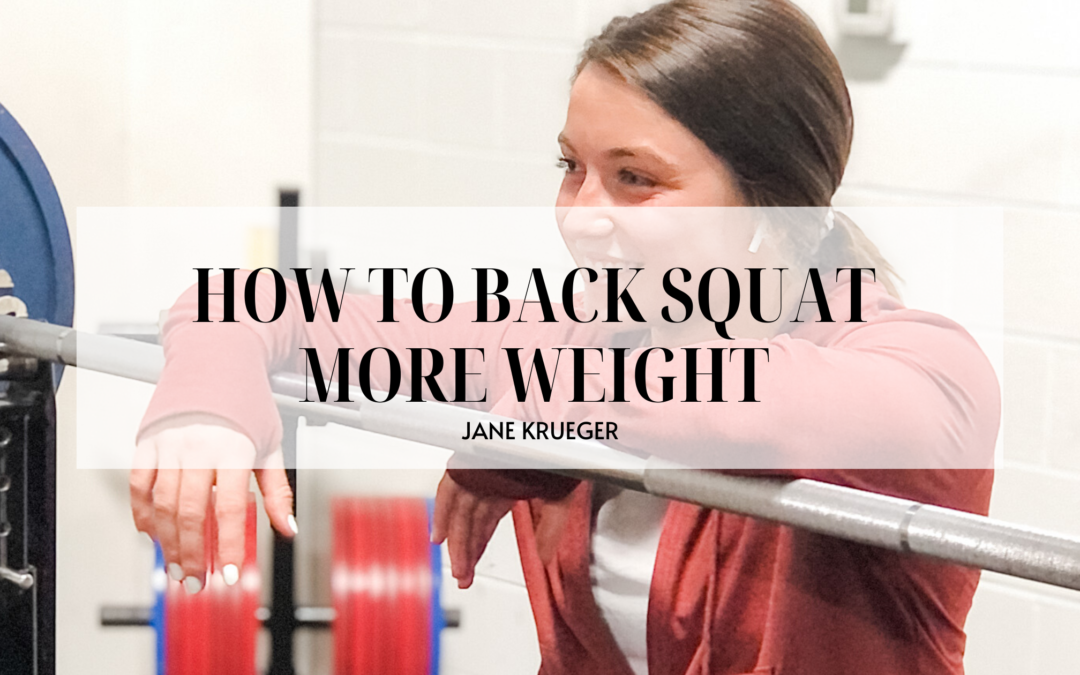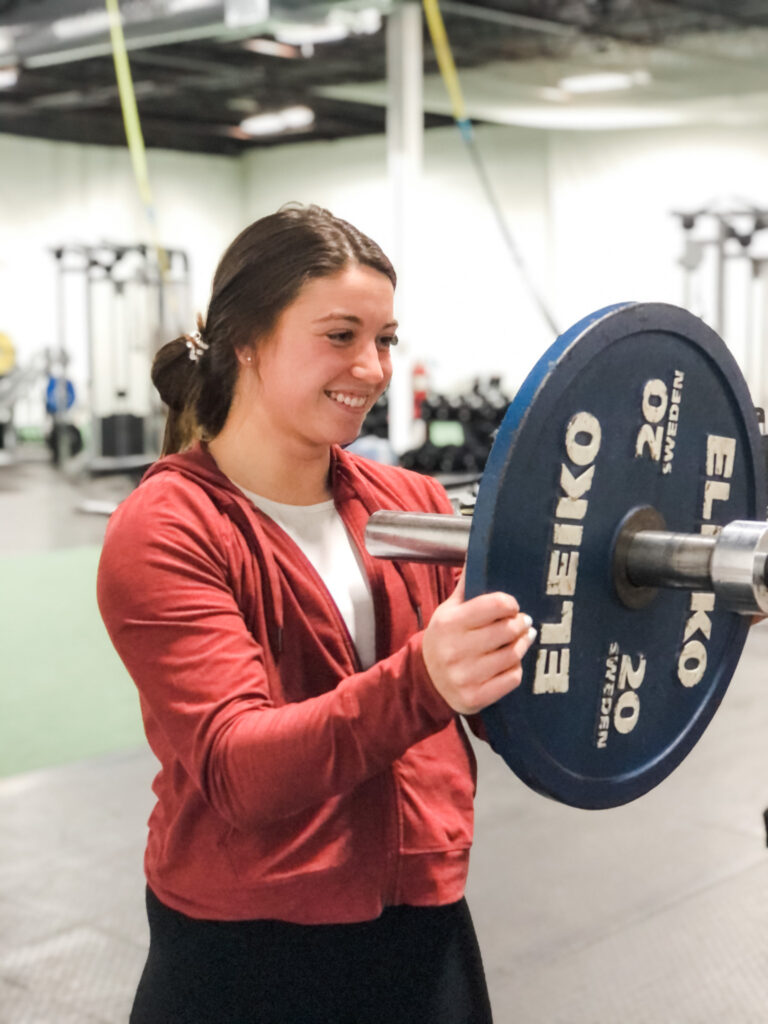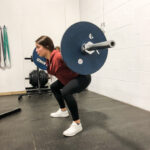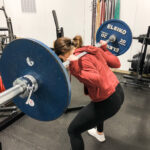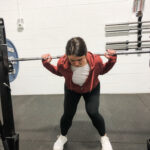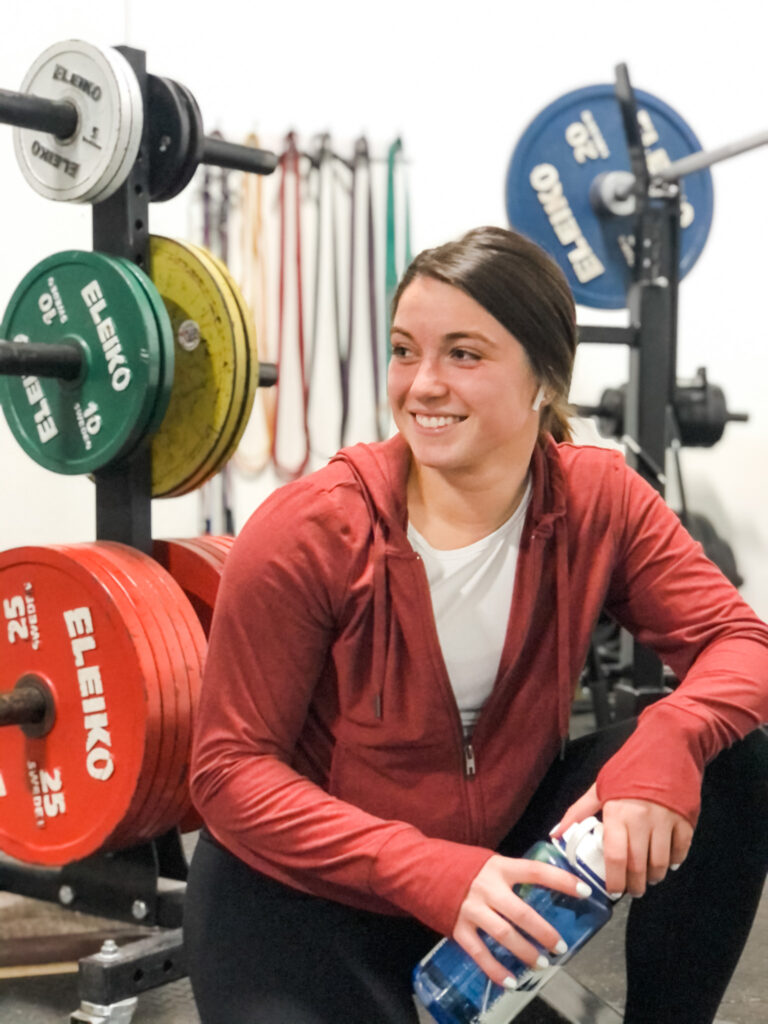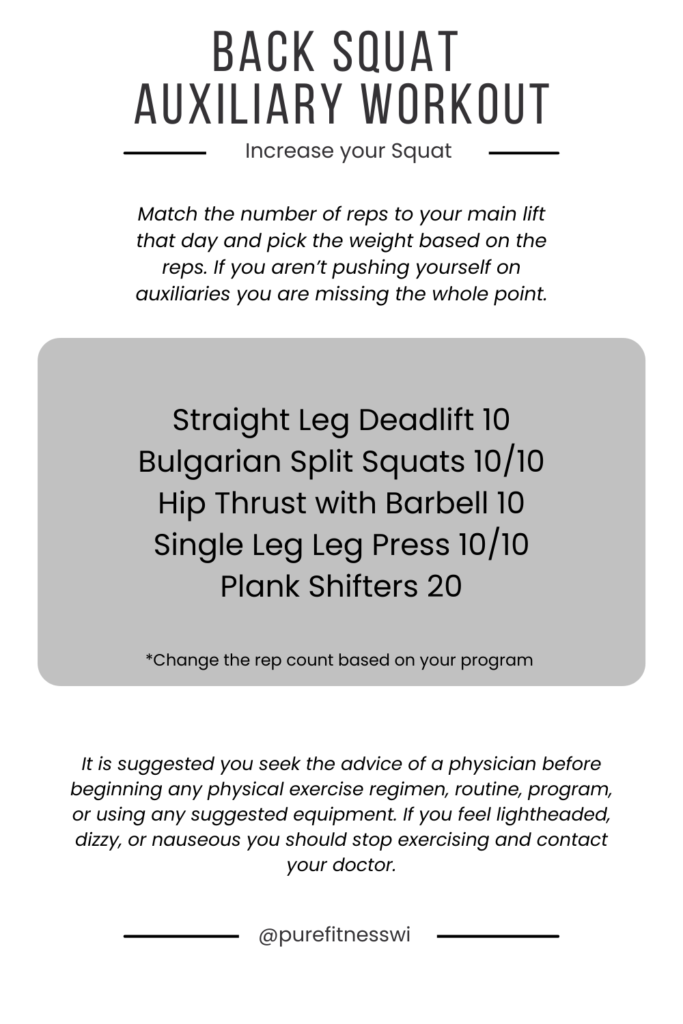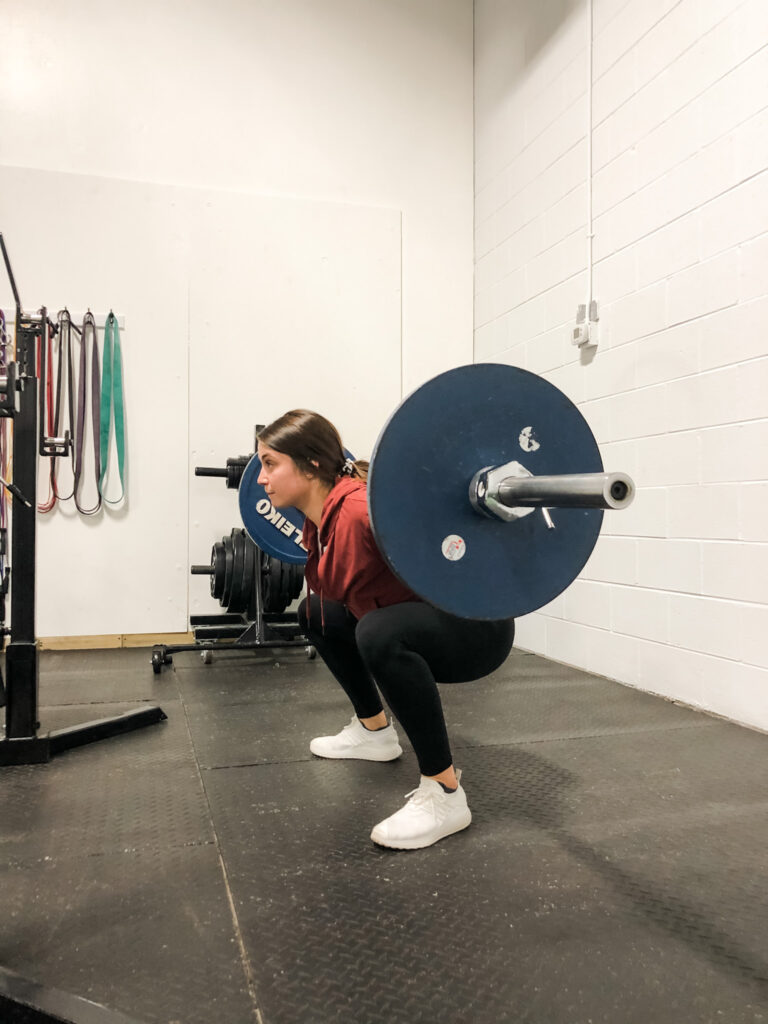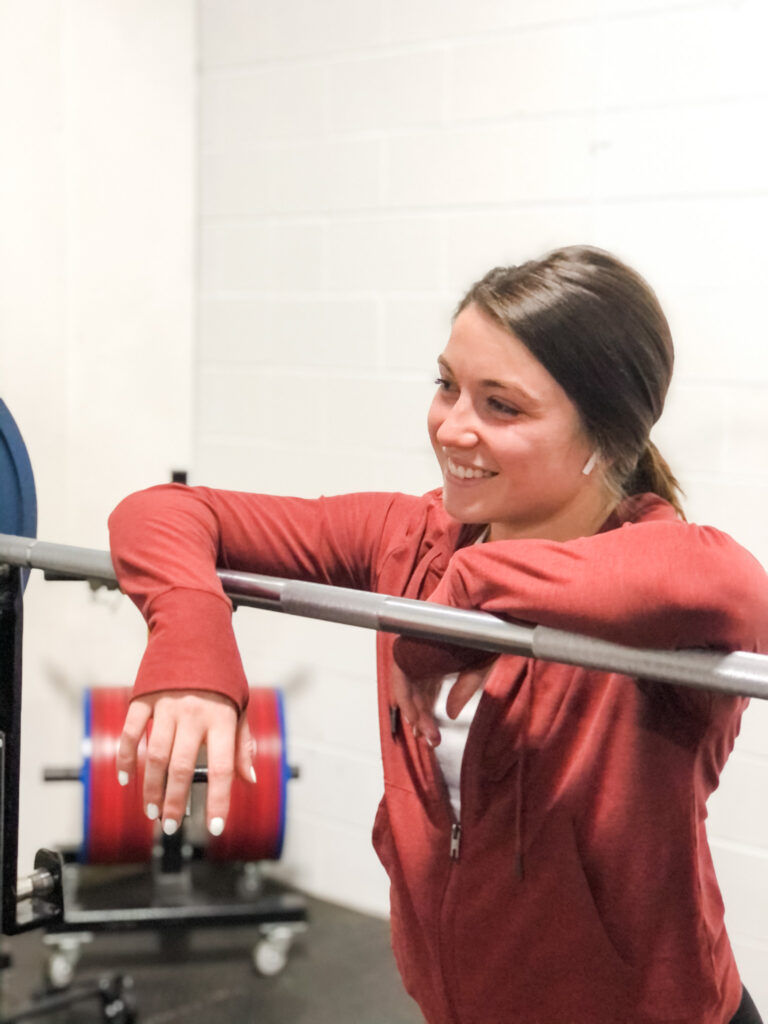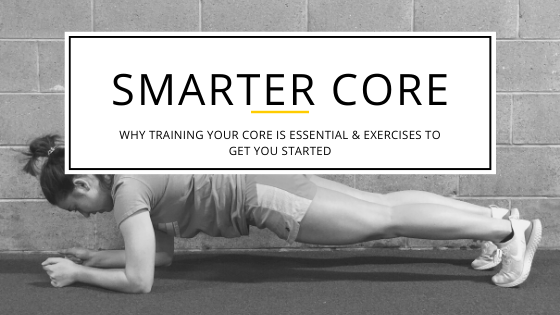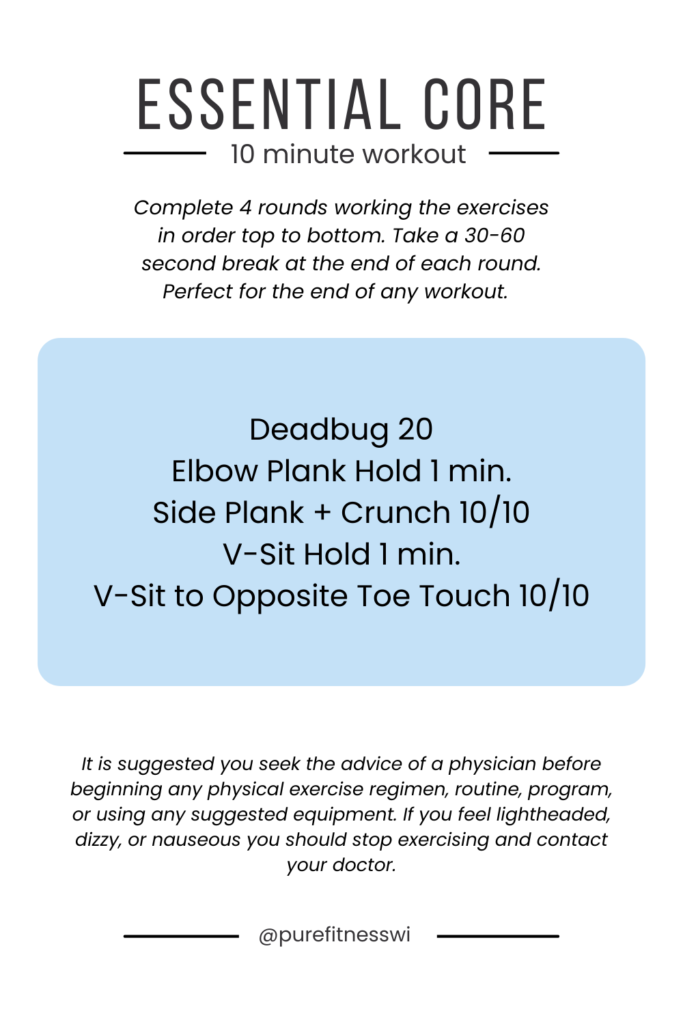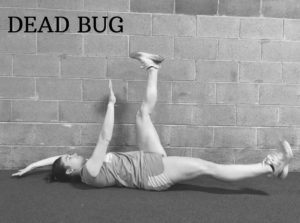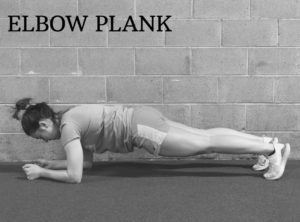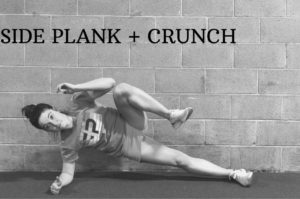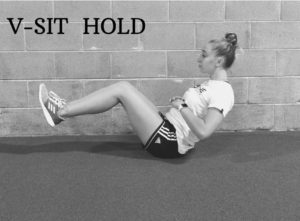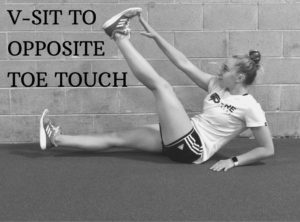Standing out in the market is important. And offering a competitive service and price are effective at capturing customer’s attention. But taking that attention and turning it into repeat clients with brand loyalty is critical to your long-term success. So let's...
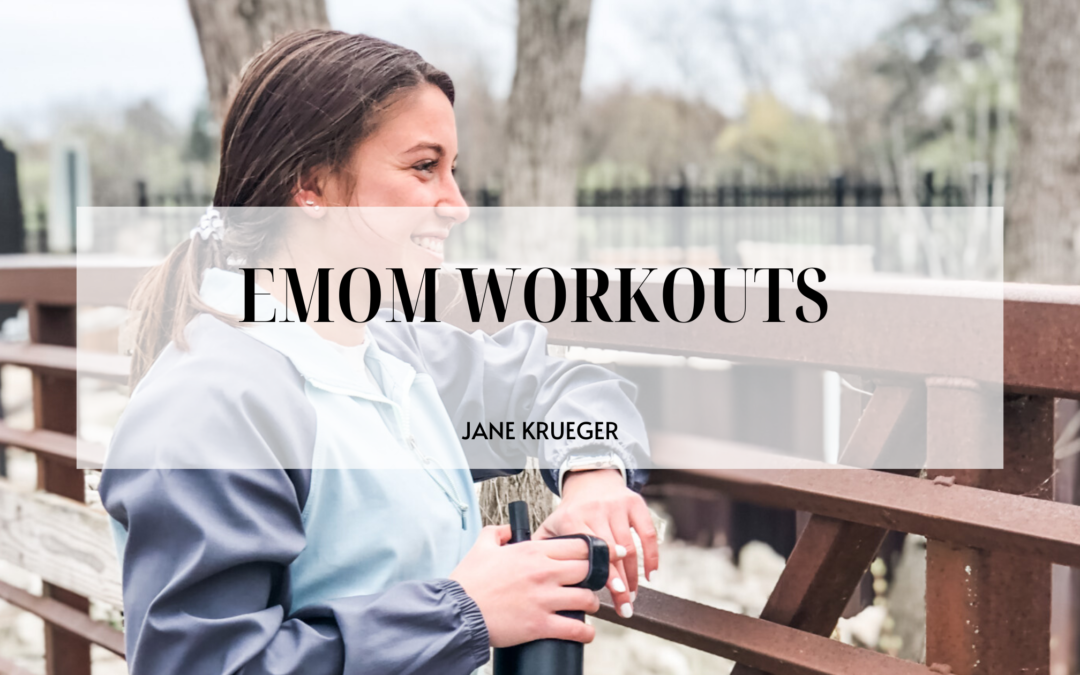
10 ZERO EQUIPMENT EMOM (EVERY MINUTE ON THE MINUTE) WORKOUTS
Have you ever heard of EMOM workouts? I hadn’t, but I started to see them pop up everywhere. And honestly, I thought they looked easy. Famous last words right? Man was I WRONG!! These workouts will kick your butt.
The tricky part of an EMOM workout is that each exercise has a rep count, but you only have a minute to do each exercise. Whatever time is left in the minute after you have completed your reps is your rest period. So you need to work fast (without sacrificing form) to maximize the time you have to catch your breath!
These workouts are great for when you’re short of time but still want a good workout! I really like to do EMOM workouts after a long day or when I don’t have very much motivation because I can tell myself I am going to do 4 rounds of 5 exercises and know that I will be done in exactly 20 minutes!
How to do an EMOM Workout
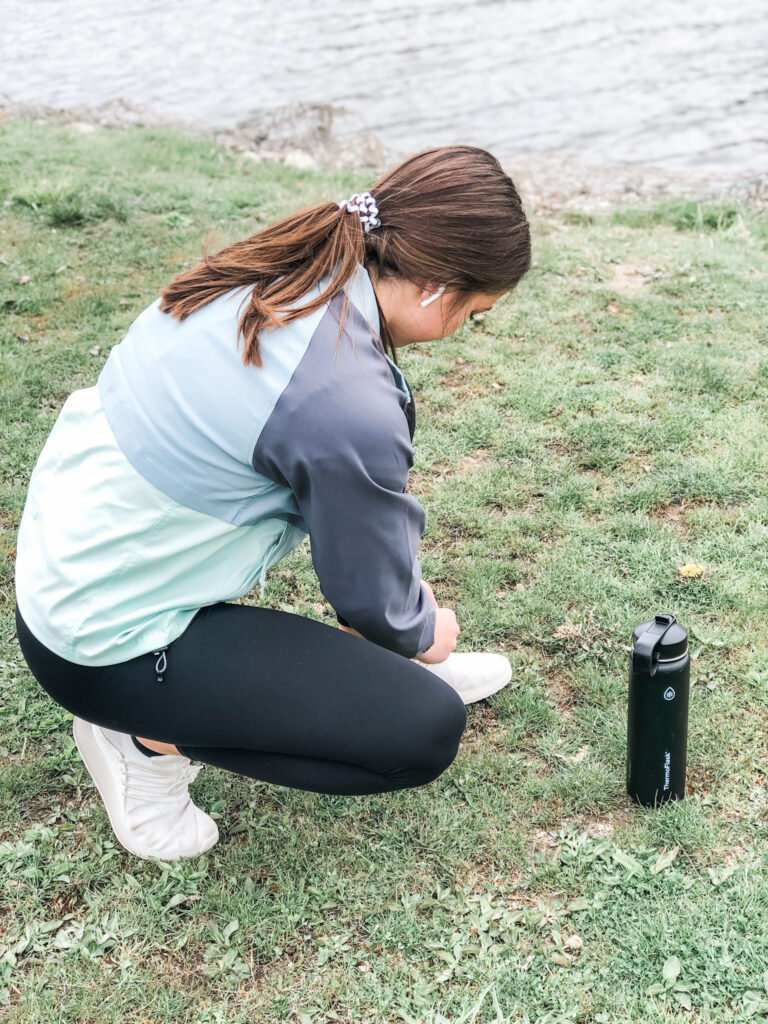
Like I mentioned above, you have 1 minute to complete the reps for each exercise and the time left over is your rest. So, getting the reps done fast will increase your heart rate. I like to track my heart rate using my apple watch, it allows me to track my steps, exercise, calories burned, and so much more!
Each of the next 10 workouts is made up of 5 or 6 exercises. You should repeat each set of exercises 3 to 5 times for a 15-30 minute workout! You only need three things for these workouts: space, a stopwatch and the discipline to get it done!
Take a look below for the fast and effective workouts you can start doing today! Tag us in your workouts on Instagram to be featured 💙.
Full body EMOM Workouts
These workouts are super quick and will target your full body! During workout number one you will be working your glutes, quadriceps, pectorals, latimuss dorsi muscles, and your lower abdominals. Workout number two will focus more on rotational core and triceps, but still glutes and quadriceps. All you need for this workout is a small space to move around in! Maybe a yoga mat if you are on hard wood or cement. EMOM workouts are a high pace style of exercise. So this workout will definitely get your heart rate up and make you work up a sweat. Do four rounds of each of these five exercises for a 20 minute full body workout! Take a break between rounds if you need to but keep it less than two minutes.
Want 8 More EMOM Workouts?
Use the button below to subscribe to our newsletter (and pick your preferences) and we will send you 8 EMOM workouts that cover upper body, lower body, core and heart rate. We share full workouts, fashion trends, health tips and more weekly in our newsletter.
Be sure to check your spam and/or promotions folder for our emails.
What I Use for an EMOM Workout
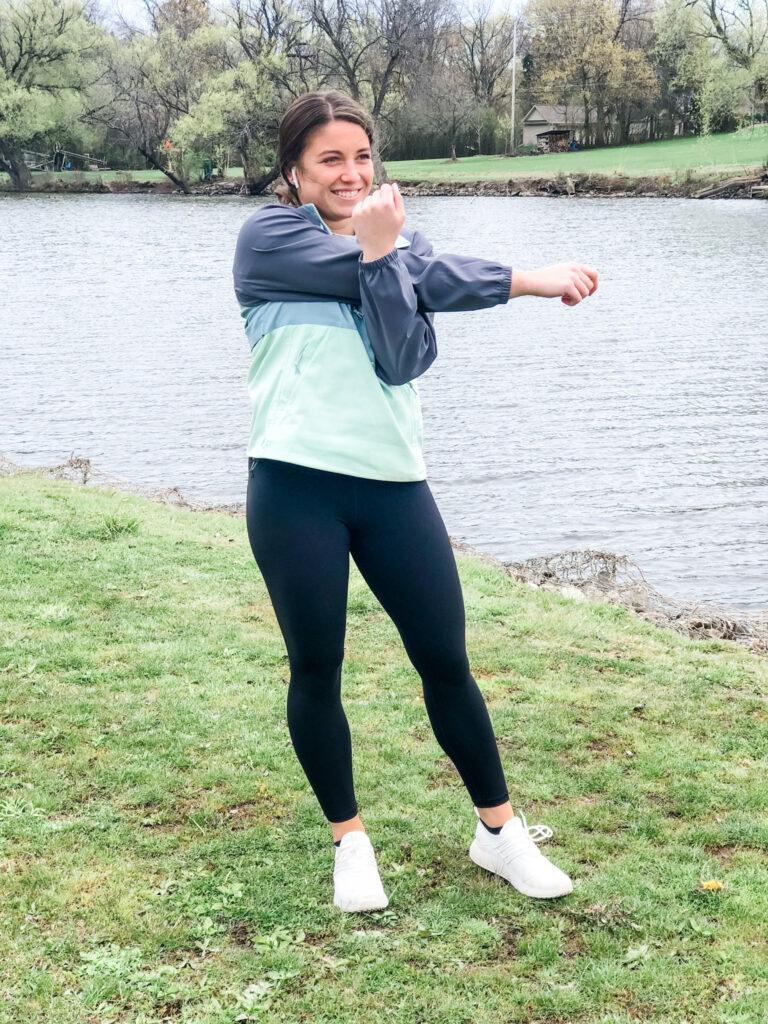
INSULATED WATER BOTTLE | TELETIES HAIR TIES | YOGA MAT | SWEATSHIRT | LEGGINGS | LANE EIGHT SHOES
Looking for More Workout Ideas?
Check out Discover The Best Exercises For Each Muscle Group. 6 Exercises per muscle group and at least three workouts for each one!
Are you looking for more specific workouts for the glutes? You can find the 6 best glute exercises and free workouts in our article!
This blog has a list of the best exercises for your back and a few of guided upper body workouts.
If ab exercises are what you are looking for check out this blog about the top 7 core workouts.
Want more heart rate workouts? Try HIIT workouts but first educate yourself with this blog post all about high intensity interval training.
Creating Brand Loyalty as Trainer
30 Minute Workout Program
I have a great workout program for you. You can scroll down if you aren't interested in why I made this program. But it you are let's have a quick chat. Why is it easier to skip a workout than to actually do the workout? In my opinion it has a lot to do with how you...
3 Ways to Gauge Success As A Trainer
Whether you work at a gym or you’re an owner reflecting and evaluating your performance as a personal trainer is a necessary component to growth and long-term success. Here are 3 ways to gauge your business success as a personal trainer: Client Retention Client...


